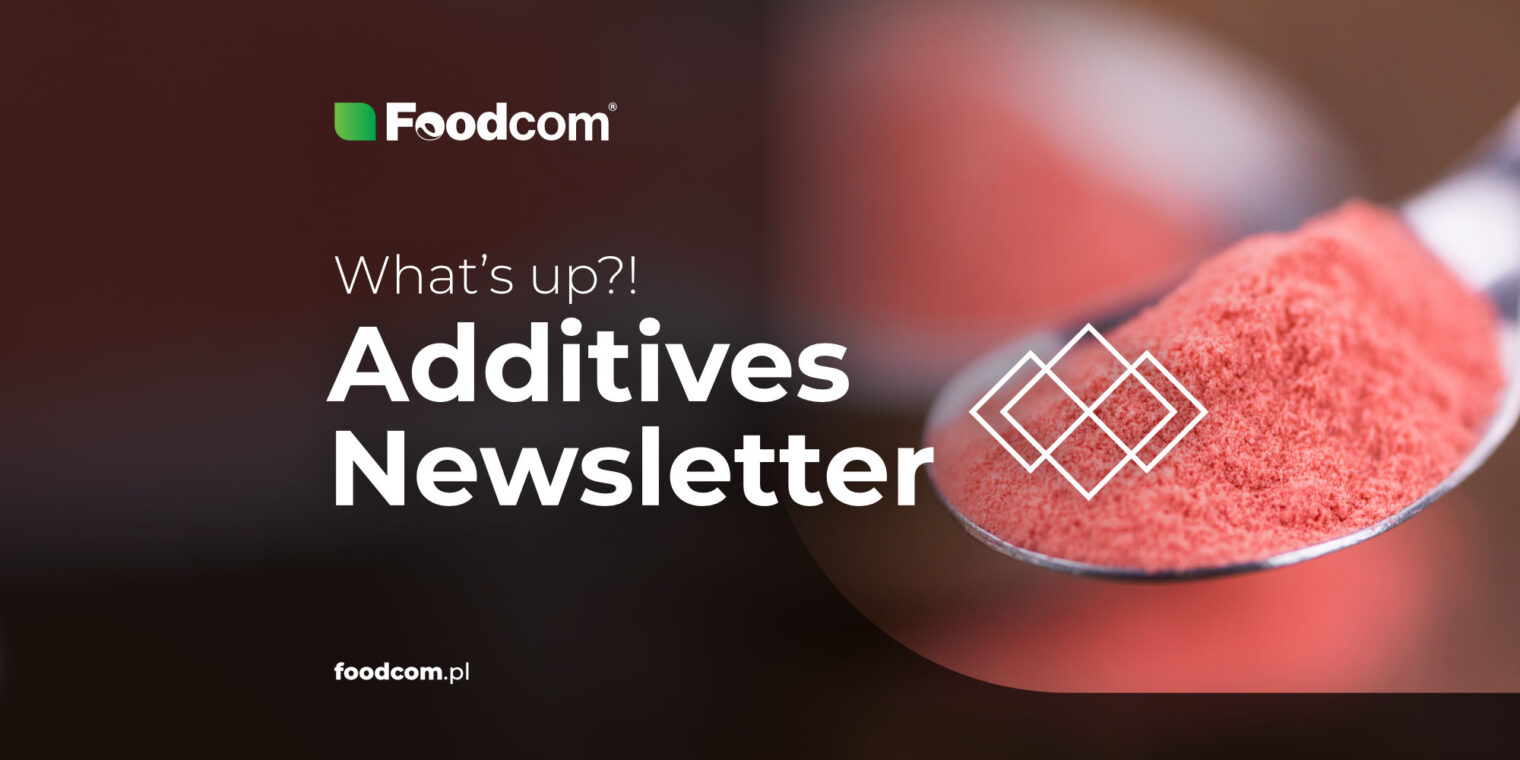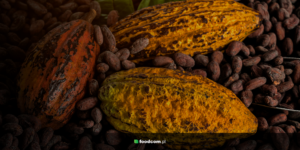Zusammenfassung
Inhaltsübersicht
In addition to import duties, the overall cost of trading low margin feed additives is also affected by currency fluctuations, container rates, and vessel availability. Shipments of lysine, threonine and other feed additives from China to Europe are currently taking longer. A difficult position also arose in the case of sugar, as the price continues to rise. Manufacturers, concerned about the lack of availability, are beginning to switch to cane sugar to ensure a continuous supply. We are also observing major difficulties in the supply of Xanthan Gum related to the contamination of ETO. In case of MCP- the expected rebound in prices is related to further increases in gas prices and shortages in the phosphoric acid market. In addition, the market is experiencing an upward trend in Collagen prices of about 15% per year. There are no signs that this trend will weaken in the near future.
Continue reading to learn more.
With us, you’ll never miss a thing.
Another week with a rather quiet market for Methionine. Gas prices are predicted to rise further, so the price may move higher in the short period.
We can consider the market stable at the moment. The demand for both powder and liquid form of Choline Chloride is rather weak.
As in previous weeks, the Threonine market continues to be quiet and stable. As with Choline Chloride, demand for this product is somewhat lower.
Lysine, as one of the most important amino acids, has a stable market, and sales prices are currently rising slightly.
Some experts are forecasting ramped up purchases for the post-holiday season. After the European stock sells out, it is rumored that China will push up the prices.
As the market is expecting new Chinese supplies, prices may fall slightly, but demand is strong enough to keep current prices around 13500 EUR/MT or higher.
Sodium triphosphate has been sought after by many buyers for a long time, as it is used as an ingredient in the production of synthetic detergents, water treatment, as well as in the ceramics, paint, lacquer and other industries. After a few months of scarcity, the market for STPP is gradually settling down, allowing prices to fall and ensuring a steady supply.
Limited availability causes a rise in the price of gelatin. The global gelatin market is expected to grow at a significant rate during the forecast period between 2022 and 2027.
Some sources believe that European stockpiles are so large that China is now closing plants to resume production at a higher price. Once Europe runs out of raw material, the price will fall slightly.
Continued lack of availability of table salt, thus prices are commencing to rise week by week. In May, Ukraine’s largest salt producer Artemsil ceased production, which may have affected the current interruptions in the supply of salt on the European market.
Continue reading to learn more.
With us, you’ll never miss a thing.
Methionine
Another week with a rather quiet market for Methionine. Gas prices are predicted to rise further, so the price may move higher in the short period.
Choline chloride
We can consider the market stable at the moment. The demand for both powder and liquid form of Choline Chloride is rather weak.
Threonine
As in previous weeks, the Threonine market continues to be quiet and stable. As with Choline Chloride, demand for this product is somewhat lower.
Lysine HCL
Lysine, as one of the most important amino acids, has a stable market, and sales prices are currently rising slightly.
Citric Acid
Some experts are forecasting ramped up purchases for the post-holiday season. After the European stock sells out, it is rumored that China will push up the prices.
Xanthan Gum
As the market is expecting new Chinese supplies, prices may fall slightly, but demand is strong enough to keep current prices around 13500 EUR/MT or higher.
Sodium triphosphate
Sodium triphosphate has been sought after by many buyers for a long time, as it is used as an ingredient in the production of synthetic detergents, water treatment, as well as in the ceramics, paint, lacquer and other industries. After a few months of scarcity, the market for STPP is gradually settling down, allowing prices to fall and ensuring a steady supply.
Gelatin
Limited availability causes a rise in the price of gelatin. The global gelatin market is expected to grow at a significant rate during the forecast period between 2022 and 2027.
Vitamin C
Some sources believe that European stockpiles are so large that China is now closing plants to resume production at a higher price. Once Europe runs out of raw material, the price will fall slightly.
Salt
Continued lack of availability of table salt, thus prices are commencing to rise week by week. In May, Ukraine’s largest salt producer Artemsil ceased production, which may have affected the current interruptions in the supply of salt on the European market.
Kategorien







